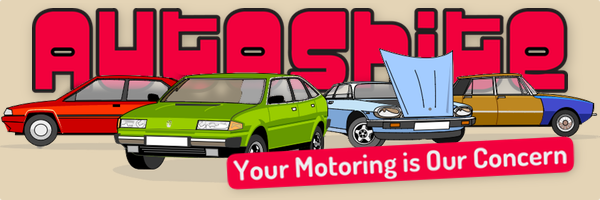Minimum speed and power required for a daily driver in 2024
-
Similar Content
-
February 2024 Calendar
By DVee8,
- 17 replies
- 1,938 views
-
Calendar : April 2024
By adw1977,
- 9 replies
- 1,259 views
-
March 2024 Calendar
By vulgalour,
- 10 replies
- 1,280 views
-
2024 Show Calendar
By BorniteIdentity,
- 7 replies
- 947 views
-
Autoshite COTY 2024
By grogee,
- 26 replies
- 2,076 views
-





Recommended Posts
Create an account or sign in to comment
You need to be a member in order to leave a comment
Create an account
Sign up for a new account in our community. It's easy!
Register a new accountSign in
Already have an account? Sign in here.
Sign In Now